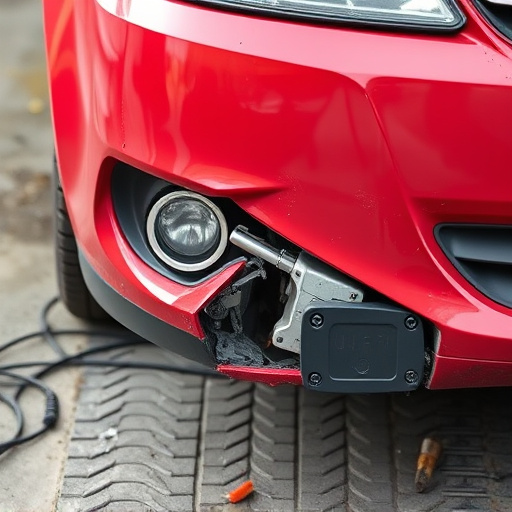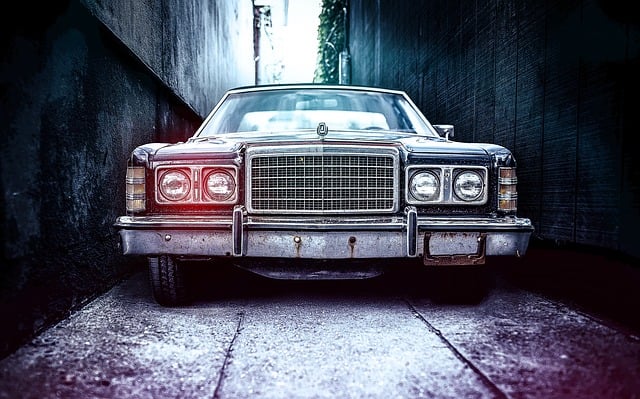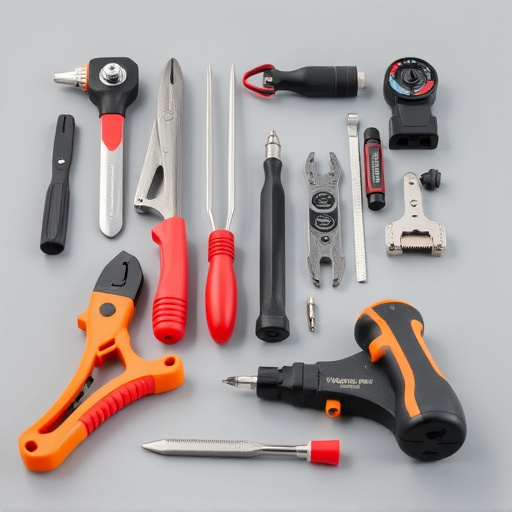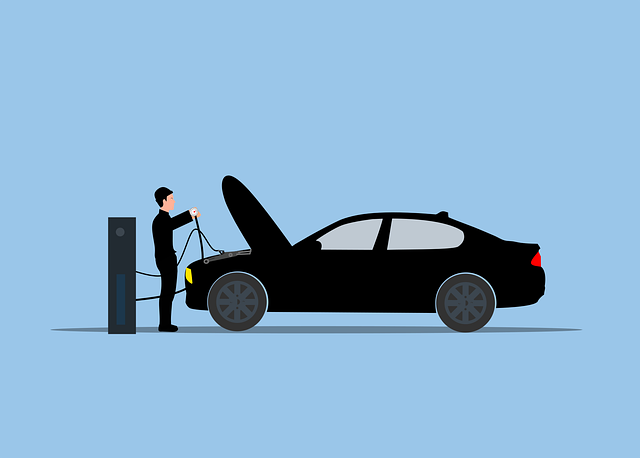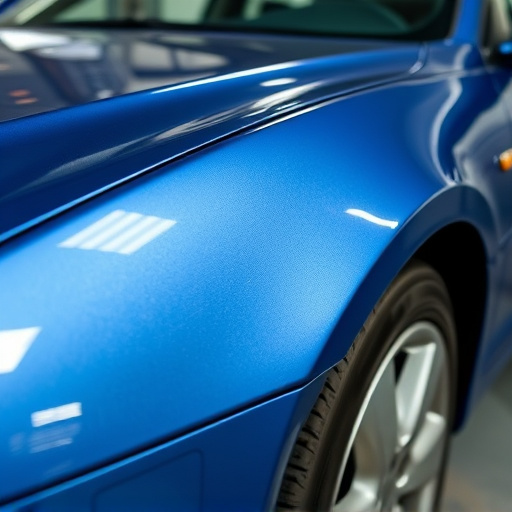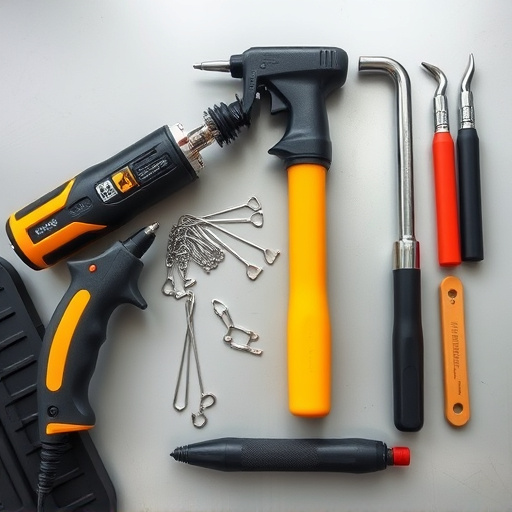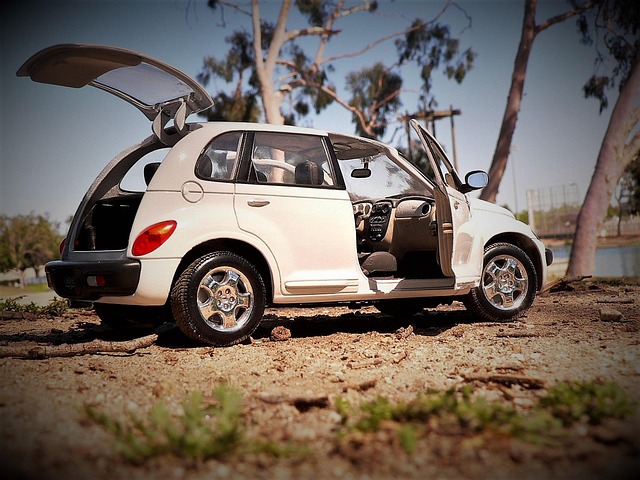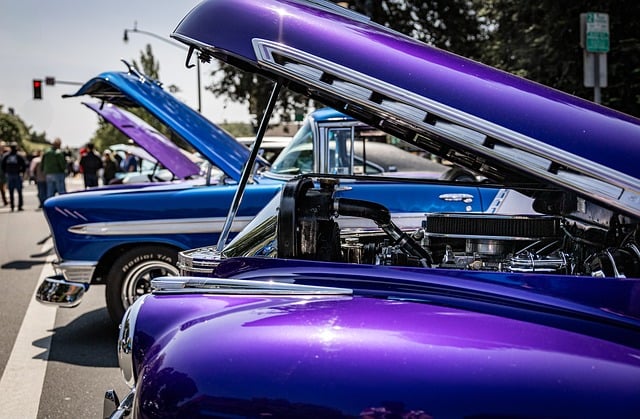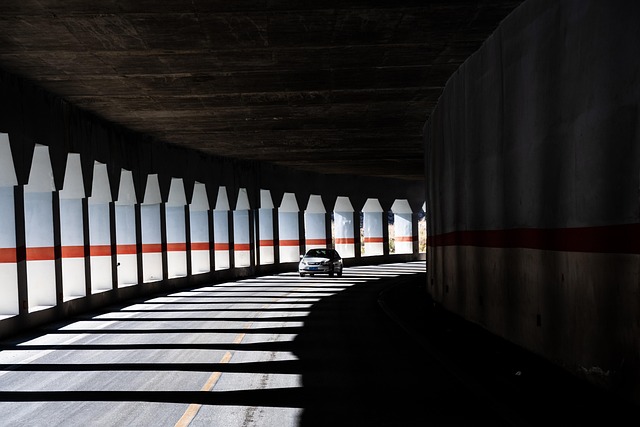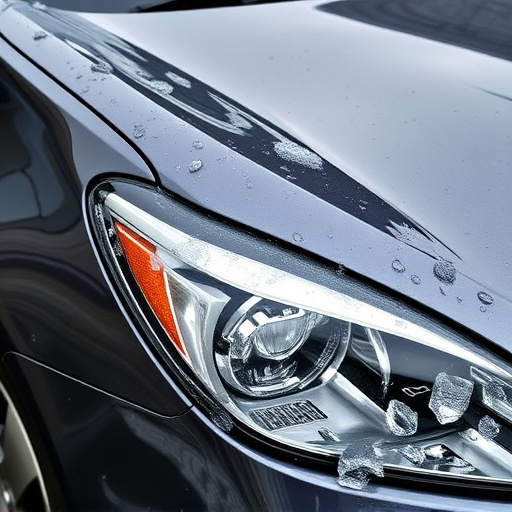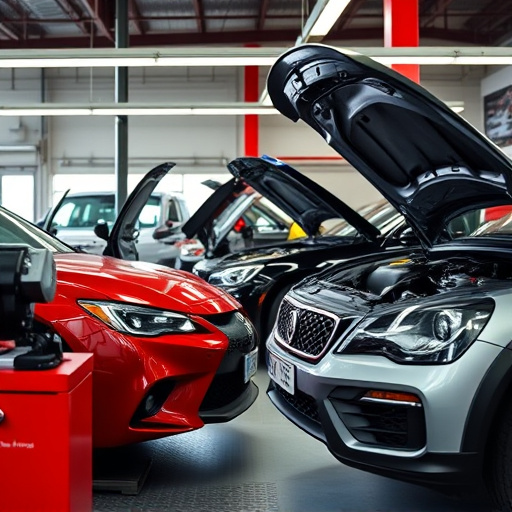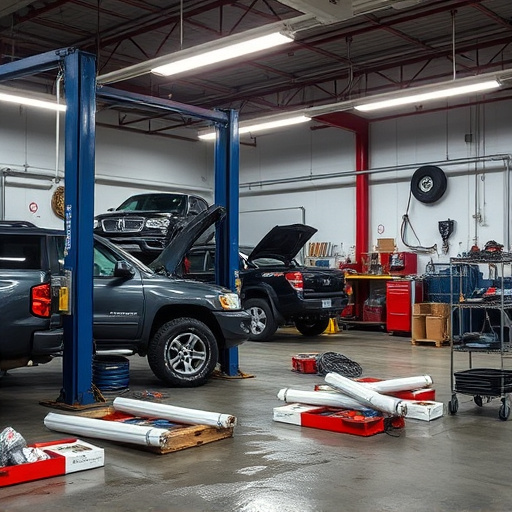Tesla Superchargers provide rapid charging for electric vehicles but their power output varies based on vehicle battery capacity and location, especially with heavy loads or towing. For optimal performance, assess Supercharger compatibility considering your vehicle's needs, weight, length, and electrical system health, particularly after accidents requiring bumper repairs or other auto body work. To maximize efficiency while towing or carrying loads, adopt a smooth driving style, maintain recommended speeds, and use pre-conditioning features. Proper vehicle care during collision repair ensures optimal conditions for enhanced Supercharger utilization.
“Unraveling Tesla Supercharger compatibility when towing or carrying loads is essential for efficient and effective electric vehicle (EV) ownership. This comprehensive guide aims to demystify the capabilities and limitations of Tesla’s Supercharger network in these unique scenarios. By understanding key factors, such as vehicle weight, battery capacity, and charging speed, you’ll learn best practices to maximize Supercharger efficiency during load operations. Enhance your EV journey with this essential insight into Tesla Supercharger compatibility.”
- Understanding Tesla Supercharger Capabilities and Limitations
- Factors Affecting Supercharger Compatibility When Towing or Carrying Loads
- Best Practices for Maximizing Tesla Supercharger Efficiency During Load Operations
Understanding Tesla Supercharger Capabilities and Limitations

Tesla Superchargers are designed to provide rapid charging for Tesla electric vehicles, offering a crucial solution for long-distance travel. However, it’s essential to understand their capabilities and limitations, especially when towing or carrying significant loads. These chargers deliver high-speed charging, but their power output may vary depending on the vehicle’s battery capacity and the Supercharger’s location. For instance, while a Model S might charge at its maximum rate of 250 kW, other Tesla models may have different charging capabilities.
When towing or hauling heavy loads, vehicles experience increased electrical demands. While Tesla Superchargers can efficiently charge your car, they might struggle to meet the higher power requirements of a vehicle with additional weight. This is particularly true for older Supercharger stations with limited power supply. Proper planning and understanding of your vehicle’s needs are essential to ensure a smooth charging experience, especially when considering collision repair or fender repair due to towing-related incidents.
Factors Affecting Supercharger Compatibility When Towing or Carrying Loads

When considering Tesla Supercharger compatibility while towing or carrying loads, several factors come into play. First and foremost is the weight of the load; heavier vehicles require more power to maintain speed and efficiency at Superchargers. The type of trailer or load configuration can also impact compatibility—a high-lift setup for a heavy trailer will demand more energy than a standard car being pulled lightly.
Another critical aspect is the overall length and size of the vehicle combination. Longer towing setups may struggle with clearance issues at Supercharger stations, designed primarily for shorter electric vehicles. Furthermore, the condition of the tow vehicle’s electrical system is essential; any deficiencies in charging capabilities or battery health could lead to reduced Supercharger performance or even potential car damage repair scenarios during the charging process, necessitating auto body work, especially if a bumper repair becomes necessary due to an accident or collision.
Best Practices for Maximizing Tesla Supercharger Efficiency During Load Operations
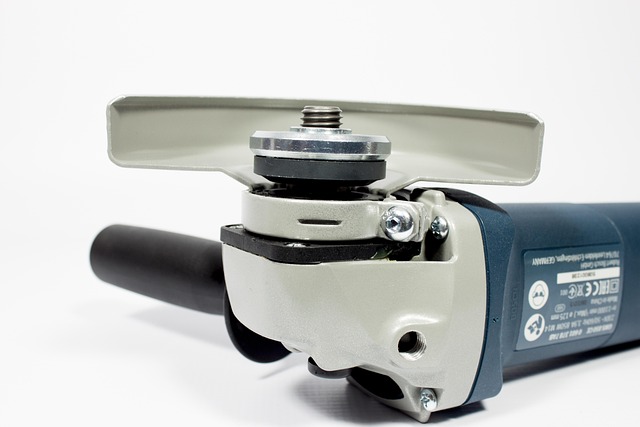
When engaging in towing or carrying loads with your Tesla, optimizing Supercharger efficiency is key to minimizing downtime and ensuring a swift recharge. Best practices include adjusting your driving style; smoother acceleration and deceleration reduce energy waste, enhancing battery conservation. Maintaining a steady speed within the recommended range for your vehicle maximizes power utilization.
Additionally, utilizing the Supercharger’s pre-conditioning feature before connecting your vehicle can significantly speed up the charging process. This prepares the battery for the incoming power, minimizing heat buildup and potential stress on the battery system. Remember, proper care at the car body shop or during auto collision repair can also contribute to overall efficiency by ensuring your Tesla is in optimal condition, ready to make the most of each Supercharger session, especially when carrying additional loads.
When towing or carrying loads, understanding Tesla Supercharger compatibility is key to efficient charging. By considering factors like vehicle weight, trailer dynamics, and battery state, owners can ensure optimal performance during refuelling stops. Adhering to best practices, such as matching tire pressure and using stabiliser bars, will further enhance the process. With these tips in mind, Tesla drivers can confidently navigate long-distance travel with their electric vehicles, leveraging Supercharger stations for swift and effective charging when needed.
